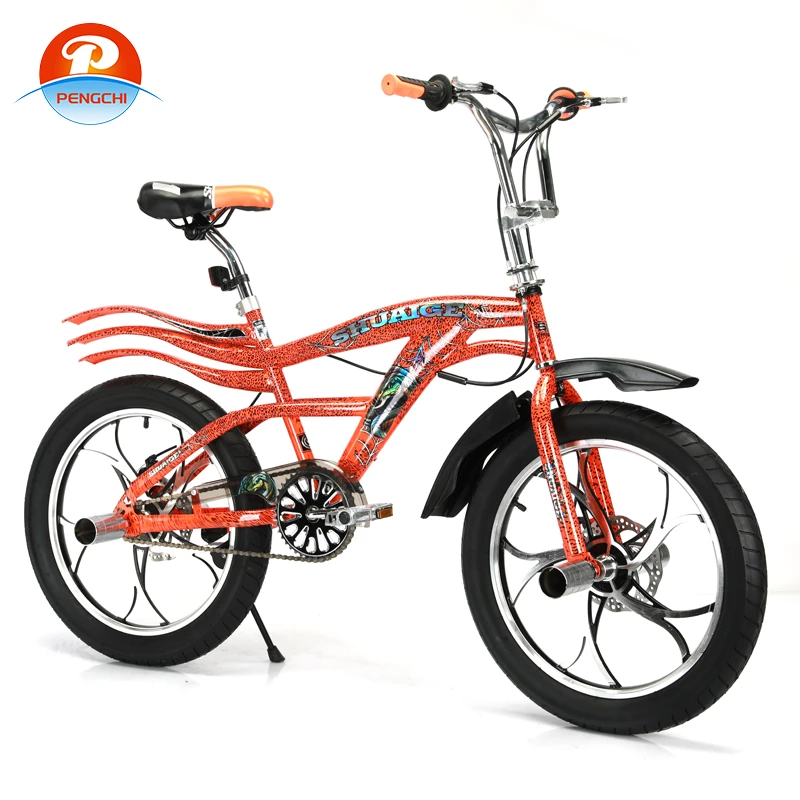
-
 Afrikaans
Afrikaans -
 Arabic
Arabic -
 Belarusian
Belarusian -
 Bengali
Bengali -
 Bulgarian
Bulgarian -
 Croatian
Croatian -
 Czech
Czech -
 Danish
Danish -
 Dutch
Dutch -
 English
English -
 Finnish
Finnish -
 French
French -
 German
German -
 Greek
Greek -
 hawaiian
hawaiian -
 Hebrew
Hebrew -
 Hindi
Hindi -
 Hungarian
Hungarian -
 Indonesian
Indonesian -
 irish
irish -
 Italian
Italian -
 Japanese
Japanese -
 Javanese
Javanese -
 kazakh
kazakh -
 Khmer
Khmer -
 Korean
Korean -
 Kyrgyz
Kyrgyz -
 Lao
Lao -
 Latin
Latin -
 Luxembourgish
Luxembourgish -
 Malay
Malay -
 Myanmar
Myanmar -
 Norwegian
Norwegian -
 Persian
Persian -
 Polish
Polish -
 Portuguese
Portuguese -
 Romanian
Romanian -
 Russian
Russian -
 Serbian
Serbian -
 Slovak
Slovak -
 Somali
Somali -
 Spanish
Spanish -
 Swedish
Swedish -
 Tagalog
Tagalog -
 Thai
Thai -
 Turkish
Turkish -
 Turkmen
Turkmen -
 Ukrainian
Ukrainian -
 Uighur
Uighur -
 Vietnamese
Vietnamese
Oct . 31, 2024 00:34 Back to list
how to pick the right size bike
How to Pick the Right Size Bike
Choosing the right size bike is crucial for comfort, efficiency, and safety when riding. Whether you're a beginner or an experienced cyclist, the right fit can make all the difference in your cycling experience. Here are some guidelines to help you find the perfect bike size.
1. Understand Bike Types
Before diving into sizing specifics, it's important to consider the type of bike you need. Road bikes, mountain bikes, hybrid bikes, and others each have different geometries and sizing systems. For example, road bikes often have a more aggressive riding position, while mountain bikes are designed for a more upright posture. Understanding your riding style and the terrain you plan to tackle will help narrow down your options.
2. Know Your Measurements
To determine the correct bike size, you need to take a few key measurements of your body. The most important measurements include your inseam length, height, and arm length.
- Inseam Stand straight with your feet approximately shoulder-width apart. Measure from the ground up to your crotch. This measurement is particularly important for determining the frame size, especially in mountain bikes. - Height Stand against a wall and measure from the floor to the top of your head. This will give you a general idea of the overall size of the bike you need.
- Arm Length While it’s less critical, arm length helps gauge reach for handlebars, particularly in road cycling.
how to pick the right size bike

Once you have your measurements, consult size charts provided by bike manufacturers. These charts convert your body measurements into bike sizes, which can vary between brands. For instance, a small in one brand may be a medium in another, so always double-check specific size guides. Generally, bike sizes are labeled as XS, S, M, L, and so on for mountain bikes, while road bikes often use numerical sizing (e.g., 52cm, 56cm).
4. Test Ride
If possible, always test ride a few bikes before making a purchase. Saddling up will help you understand how the bike feels. You should be able to straddle the top tube comfortably, with a slight bend in your knees when the pedals are at their lowest point. Your arms should reach the handlebars without overstretching, and you should feel balanced and in control.
5. Adjusting the Fit
Even after choosing the right size, micro-adjustments can enhance your comfort and performance. Consider tweaking the saddle height, angle, and position. Handlebars can often be adjusted for a more comfortable reach. Don’t hesitate to visit a local bike shop for professional fitting if you’re unsure.
6. Consider Specialized Options
If you’re particularly tall, short, or have unique body proportions, consider looking into brands that offer specialized sizing or adjustable bikes. Many brands now cater to these needs, ensuring that every cyclist can enjoy a comfortable ride.
Conclusion
Choosing the right bike size may seem daunting, but by understanding your measurements, consulting size charts, and test riding, you can find the perfect fit. A well-fitted bike will not only enhance your cycling experience but also reduce the risk of injury. Happy riding!
-
New Red Anti-theft E-Bike | Easy Ride City Commuter
NewsJul.31,2025
-
BMX 20 Inch Bikes for Freestyle & Street | Fat Tire Options Available
NewsJul.30,2025
-
322 High Quality 26 Inch 21 Speed Adult Mountain Bike OEM MTB
NewsJul.29,2025
-
Specialized Kids Mountain Bikes - Safe, Durable & Fun Riding Experience
NewsJul.29,2025
-
Little Kids Mountain Bike - Lightweight Bikes for Young Riders
NewsJul.29,2025
-
Kids Mountain Bike Trek – Full Suspension for 6 Year Old Riders
NewsJul.29,2025

